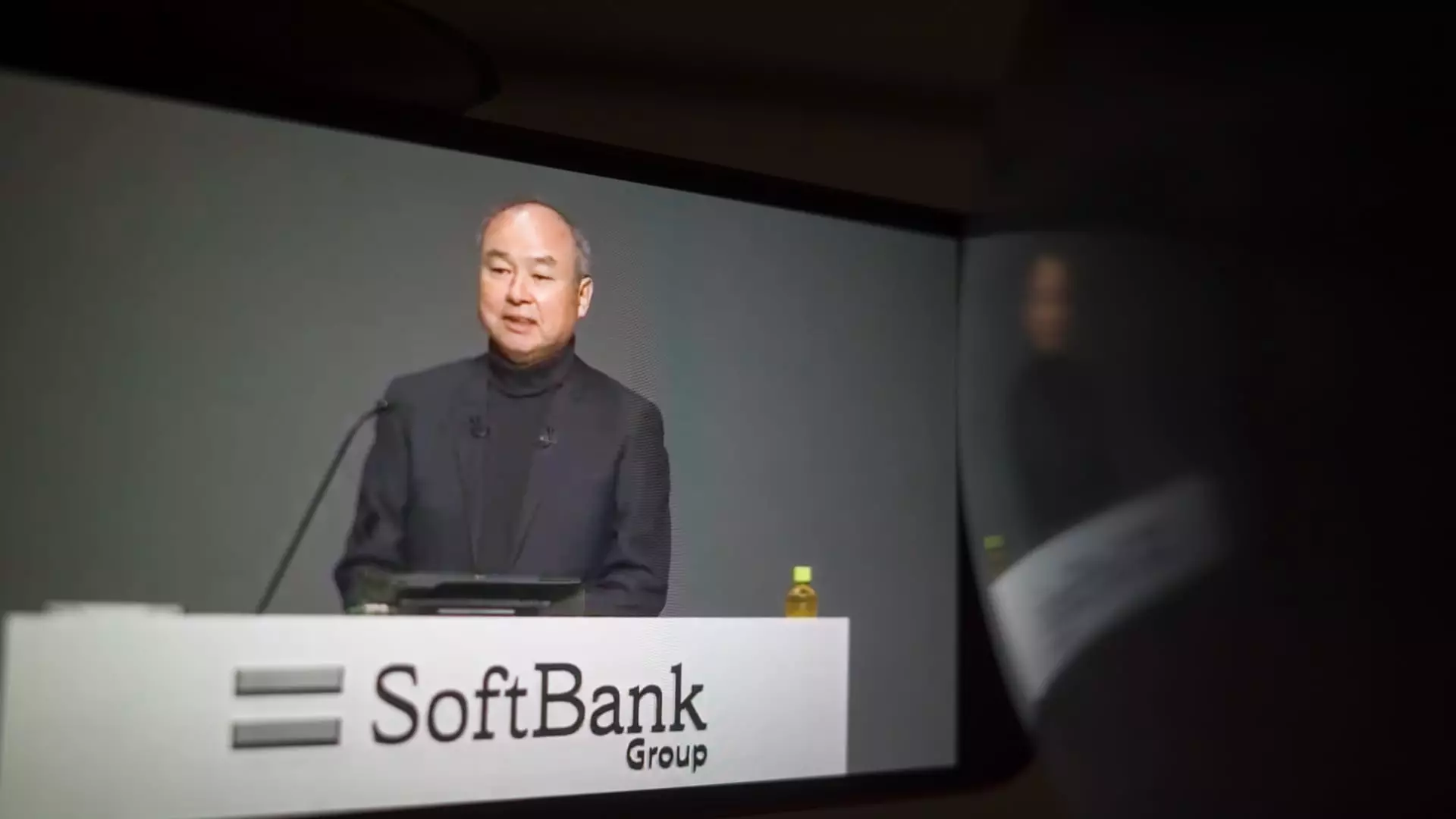SoftBank recently made headlines by posting a 724.3 billion Japanese yen ($4.6 billion) gain on its Vision Fund in the fiscal year ended March. This marks a significant milestone for the flagship tech investment arm as it has not been in the black since 2021. The Vision Fund segment of SoftBank recorded a profit of 128.2 billion yen for the full fiscal year, a notable swing from the 4.3 trillion yen loss it faced the year before.
Despite facing challenges with some of its investments, including Chinese ride-hailing firm DiDi and office sharing company WeWork, SoftBank’s Vision Fund experienced a recovery in the fiscal fourth quarter that ended in March. The gain in value of investments such as TikTok owner ByteDance and U.S. food delivery firm DoorDash helped drive profits for the fund. The successful initial public offering of chip designer Arm also played a crucial role in the fund’s positive performance.
In response to the volatile markets and bad bets on some tech firms, SoftBank has indicated a shift in strategy. Founder Masayoshi Son announced plans to transition from a defensive approach to an offensive one, signaling a more aggressive investment strategy moving forward. The Chief Financial Officer, Yoshimitsu Goto, highlighted the firm’s move towards an “AI-centric portfolio,” emphasizing the importance of artificial intelligence technology in the company’s future investments.
SoftBank’s strategic shift includes a focus on artificial intelligence technology and the central role that Arm plays in its portfolio. Arm accounted for 47% of assets held by SoftBank as of March, a substantial increase from just 10% in March 2020. The company’s stake in Alibaba, on the other hand, has been decreasing, reflecting its shift towards AI investments. As Goto mentioned, “Arm is core to our AI shift,” underscoring the importance of this technology in SoftBank’s future growth.
While SoftBank posted an overall loss of 227.6 billion yen for the full year, the narrower loss compared to the previous fiscal year indicates a positive trend. Additionally, the company exceeded analyst estimates in the March quarter for both net sales and net profit. This strong performance, coupled with the recovery in the Vision Fund, suggests that SoftBank is on a path towards financial stability and growth.
SoftBank’s recent financial results reflect a mix of challenges and opportunities in the tech investment landscape. Despite setbacks with certain investments, the Vision Fund’s return to profitability and the company’s strategic shift towards AI investments signal a positive trajectory for the future. As SoftBank continues to navigate the evolving tech sector and capitalize on emerging opportunities, it will be interesting to see how the company’s innovative approach translates into sustainable growth and success.

Leave a Reply